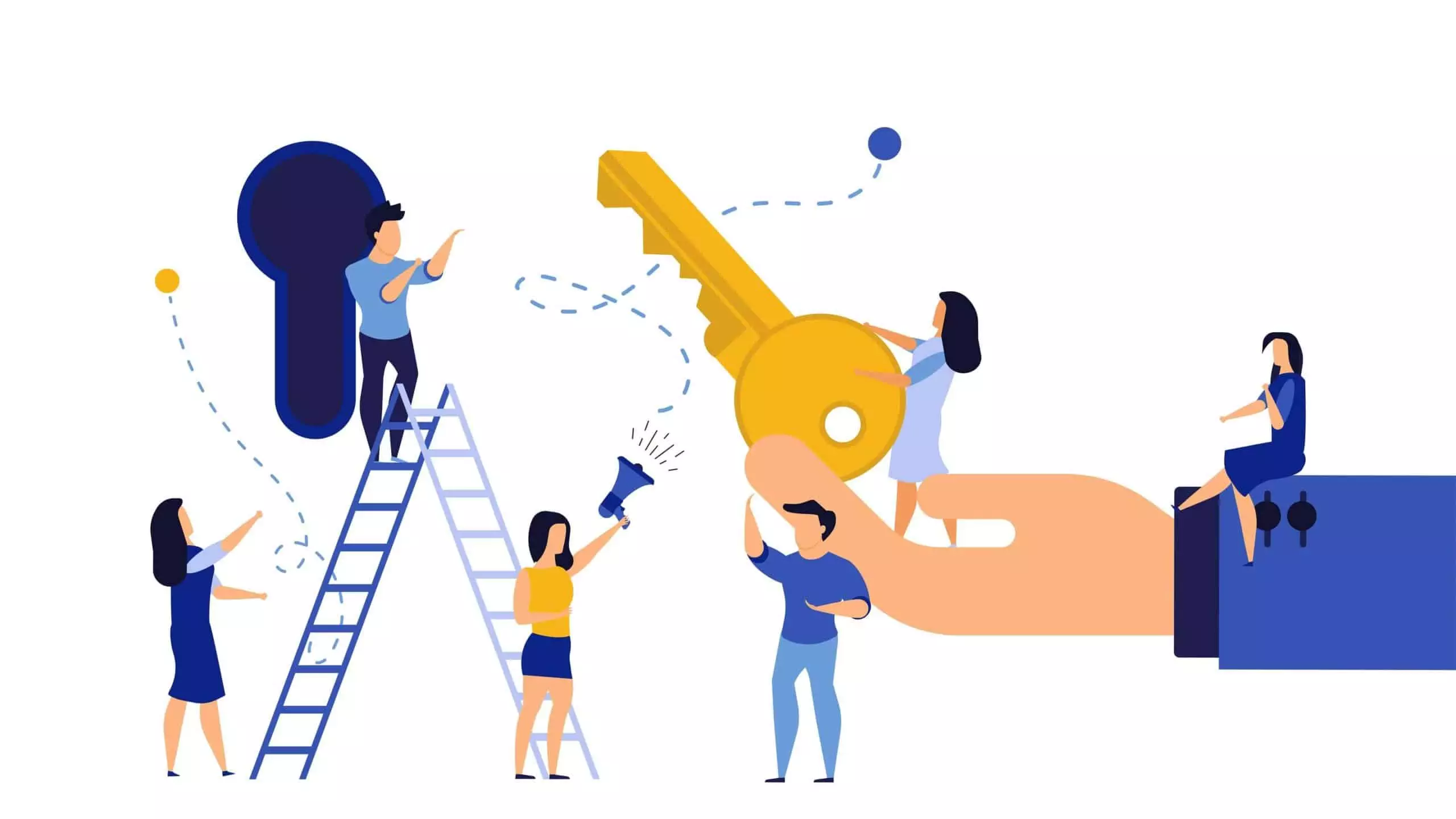1. Lack of Emotional Appeal
Emotion is the key reason why things “catch on.” Appealing to certain emotion will make content potentially more viral than others. Positive emotional responses tend to do better than negative emotional responses. Let’s focus on these emotional responses, curiosity, amazement, interest, astonishment, uncertainty admiration and humor will boost your contents share, like and comment much better than your competitor contents.
People share emotionally charge content
Because to make sense of their own experience, to deepen a social connection and to reduce dissonance.
Physiologically, emotional factors affecting virality
Speed of emotional activation, Level of interest, and Content length
How to make your content more emotionally charged
Get the reader to question themselves
Use your headline to grab their attention and get them thinking.
Write like you speaker
This allows your true emotion to come through
Come up with a different angle
Present a different spin on the same old topic that readers see over and over again
Know your audience’s "pain point"
You will better able to tailor your message.
For example: A video title “Emotional baby! Too cute! Shows a baby reaction to his mother’s singing.” This video has more than 27 million views. It pulls on heartstring because young baby, displaying emotions in response to mother voice.
2. Not “Share Worthy”
Content that is share-worthy are:
Strikes a chord with your audience. It can be funny. It can be useful.
If you choose to make it useful, make it a solution to a real, reliable problem:
- Finding a babysitter
- Pet hair on furniture
- Shopping for the right pair of jeans
- The more practical and useful, the more likely someone is to share it.
Marketing professor Jonah Berger creates these 6 steps to help us understand why things go viral
Social Currency
Everyone wants to make themselves look good, not bad, even if it is by posting a photo of their cat.
Triggers
Something that is easily memorable and on the top of your mind or tip of your tongue.
Emotion
The more we care about something, the more likely we are to share it.
Public
We are more likely to share something if we see other doing the same.
Stories
Thing we share are wrapped up in a story or narrative.
Practice Value
Useful news that we can share with others in order to make them better off.
Tell a story. People are more likely to talk about your brand as part of a larger story.
Find out what matters to your audience: Spend time where they are: Social media website, group/fourum. Use the information to craft content specifically to them.
Provide something that make them feel special: People who feel like they are “insiders” are more likely to spread your message for you. Reward your existing fans to deepen their connection to you.
Provide instant gratification: Hight quality information in bite size pieces of content. Make reader’s lives easier.
Give your audience a Call to Action: "Share now!"
Example: Time lapse video of a woman’s photoshoot to magazine spread goest viral because it speaks volumes about the entertainment industry. People share it because it “speak” to them about real beauty.
3. Bad Timing
Content timing is crucial to whether or not it goes viral. Find the days and times when your content is most in-demand.
Time of the year
Throughout of the year, find your best time to share your contents
Day of the week
Weekends interrupt sharing
Certain time of day
In your target audience’s time zone
Around certain events
Search for events which you can create and post contents
Example: Publish content around holidays throughout the year. Promote them each year as the holidays come around, and add new, relevant materials spice them up so they are current. Aim to make your content the “go-to” resource.
3. Poor Design
Visual appeal matters, but not only part of the viral equation.
Just because something’s pretty doesn’t mean it will go viral. Bad design could destroy a piece’s viral potential.
3. Poor Distribution
Distribution can give your piece the nudge it needs to get rolling.
Think about your distribution channels.
Do you have any influential connetions to start with? Influential connection can give they piece exposure it may not have otherwise gotten on its own.
Share it via social media channels. Send it to your friends and colleagues. This is not always enough, so make sure you have a guaranteed push.
If your content is video, go outside the YouTube box.
Distribute to howcast, Yahhoo video, Blip.tv, or/vimeo
Give it an advertising push at launch
Buy facebook promoted posts to increase visibility so more people see it at first. People need to see it before they can share it.
Consider using other advertising program such as Twitter ads, Linkedin ads, or Bing ads.



